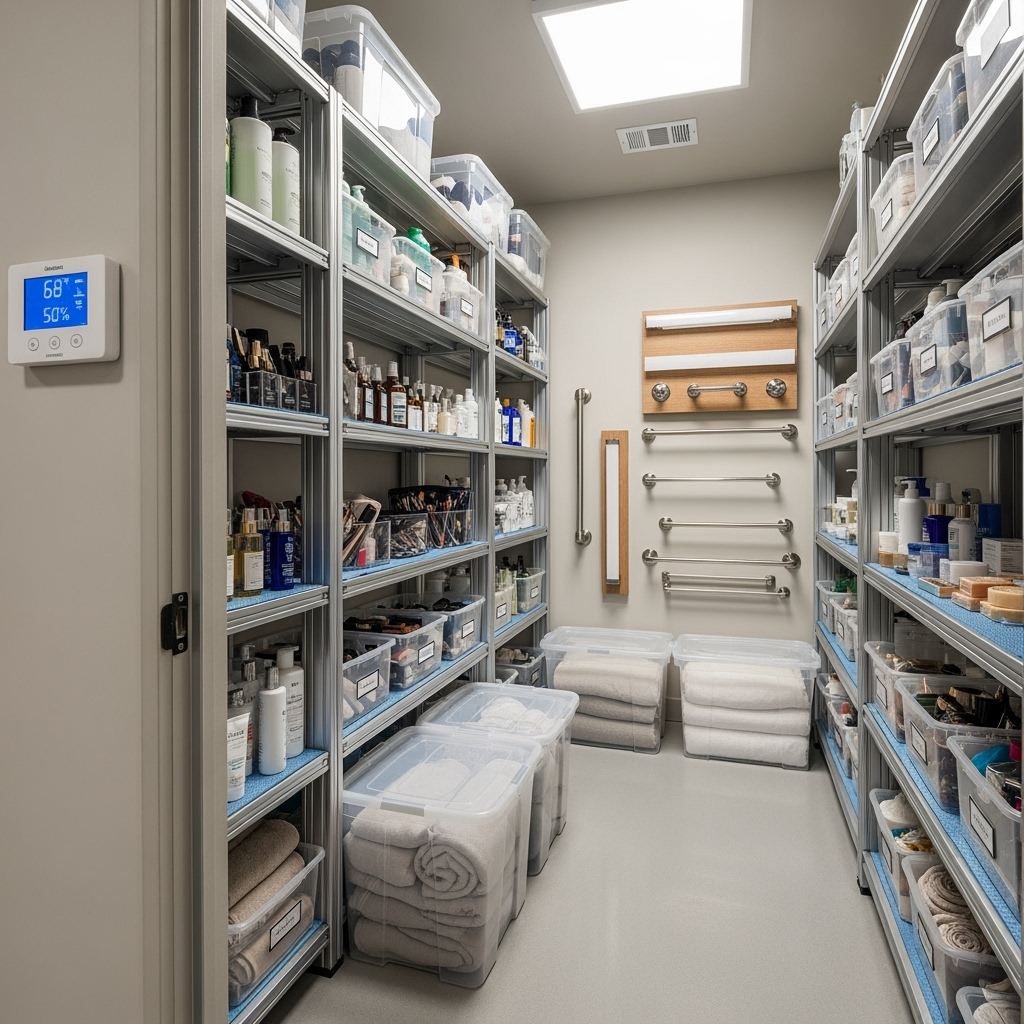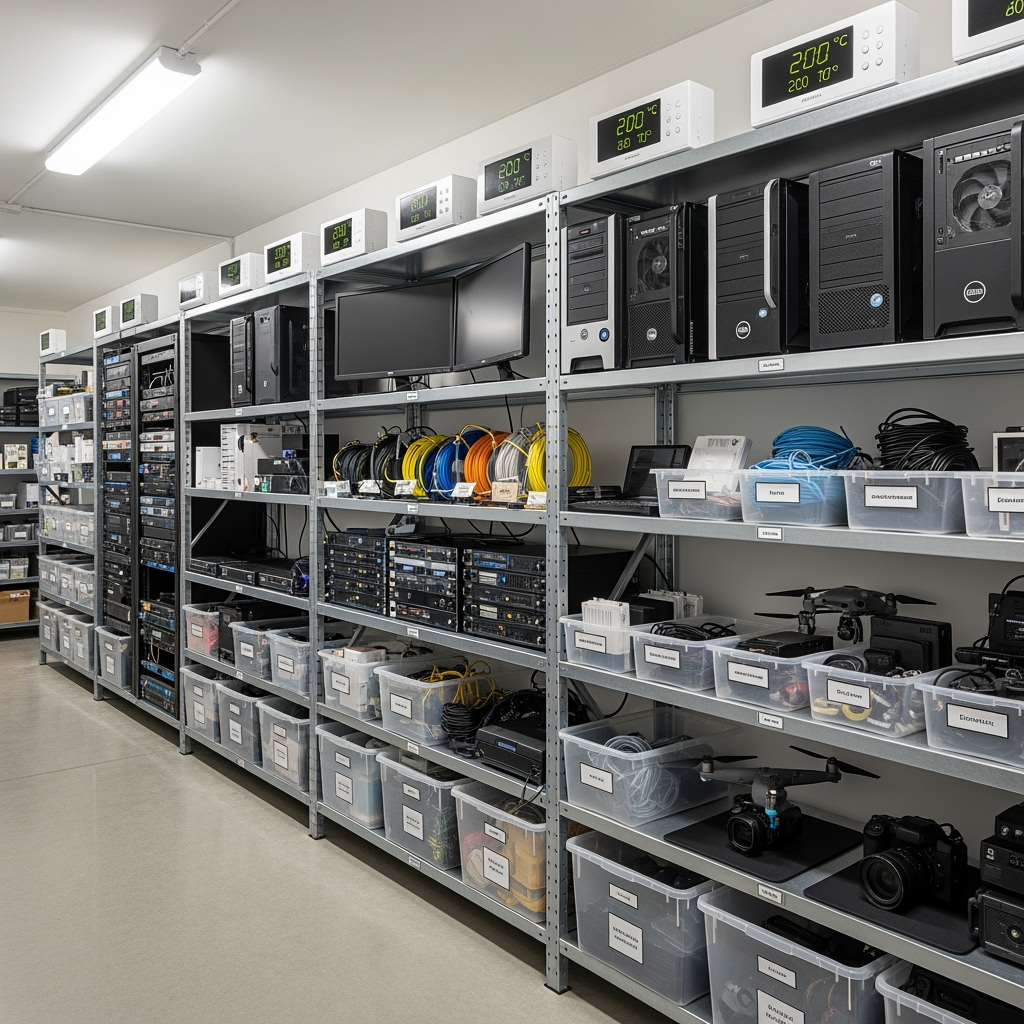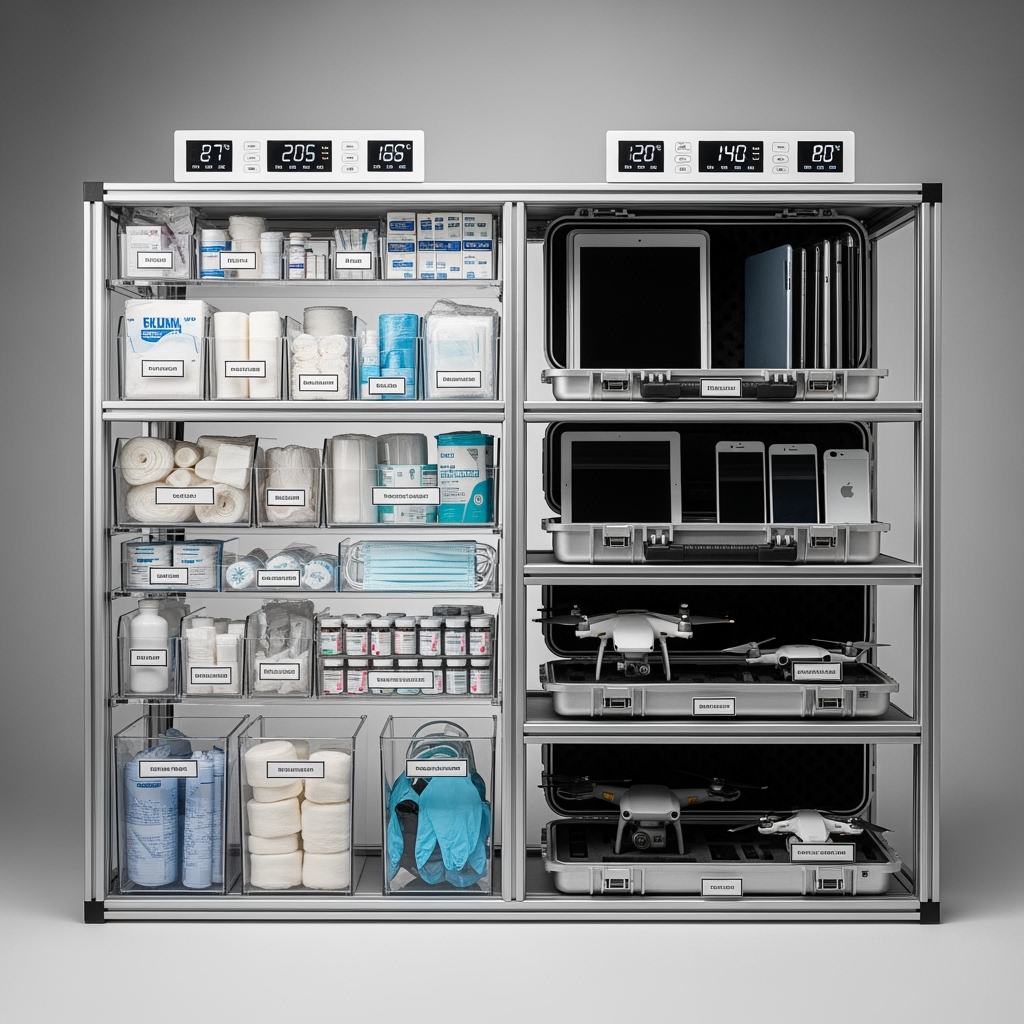Understanding the Risks of Severe Weather to Temperature-Sensitive Inventory
For businesses dealing with temperature-sensitive inventory, severe weather events pose a unique challenge. Power outages, flooding, and extreme temperature fluctuations can quickly compromise valuable stock, potentially leading to significant financial losses. Understanding these risks is the first step toward implementing effective protection strategies.
Key Considerations for Climate-Controlled Storage
When selecting a storage solution for temperature-sensitive business inventory during severe weather, consider these essential factors:
- Backup power systems and generators
- Temperature monitoring capabilities
- Humidity control features
- Flood prevention measures
- 24/7 security and monitoring
Creating a Weather Emergency Storage Plan
A comprehensive storage plan should include:
1. Inventory Assessment
Categorize your inventory based on temperature sensitivity and critical nature. This helps prioritize which items need immediate protection during severe weather events.
2. Storage Unit Selection
Choose climate-controlled units specifically designed to maintain consistent temperatures even during power outages. Look for features like:
- Industrial-grade insulation
- Advanced HVAC systems
- Automated temperature alerts
- Weather-resistant construction
3. Emergency Response Protocol
Develop clear procedures for:
- Moving inventory to secure storage quickly
- Monitoring temperature conditions
- Responding to power outages
- Accessing emergency supplies
Best Practices for Temperature-Sensitive Storage
Follow these guidelines to maximize protection:
Organization and Access
Implement a logical organization system that allows quick access during emergencies. Consider using:
- Clear labeling systems
- Digital inventory tracking
- Strategic placement of most sensitive items
- Easy-access pathways
Temperature Monitoring
Invest in reliable monitoring systems that provide:
- Real-time temperature readings
- Instant alerts for fluctuations
- Historical data tracking
- Remote monitoring capabilities
Insurance and Documentation
Protect your business interests by:
- Maintaining detailed inventory records
- Documenting storage conditions
- Reviewing insurance coverage for weather events
- Keeping emergency contact information updated
Seasonal Considerations
Adjust your storage strategy based on seasonal weather patterns:
Summer Preparations
- Enhanced cooling system maintenance
- Hurricane and storm readiness
- Power surge protection
Winter Preparations
- Heating system checks
- Freeze protection measures
- Snow and ice management plans
Working with Your Storage Provider
Build a strong relationship with your storage facility by:
- Regular communication about specific storage needs
- Understanding emergency protocols
- Reviewing facility maintenance schedules
- Discussing backup systems and procedures
Conclusion
Protecting temperature-sensitive business inventory during severe weather requires careful planning and the right storage solutions. By implementing these strategies and working with a reliable storage provider, you can safeguard your valuable inventory against weather-related risks and maintain business continuity during challenging conditions.










Leave a Reply